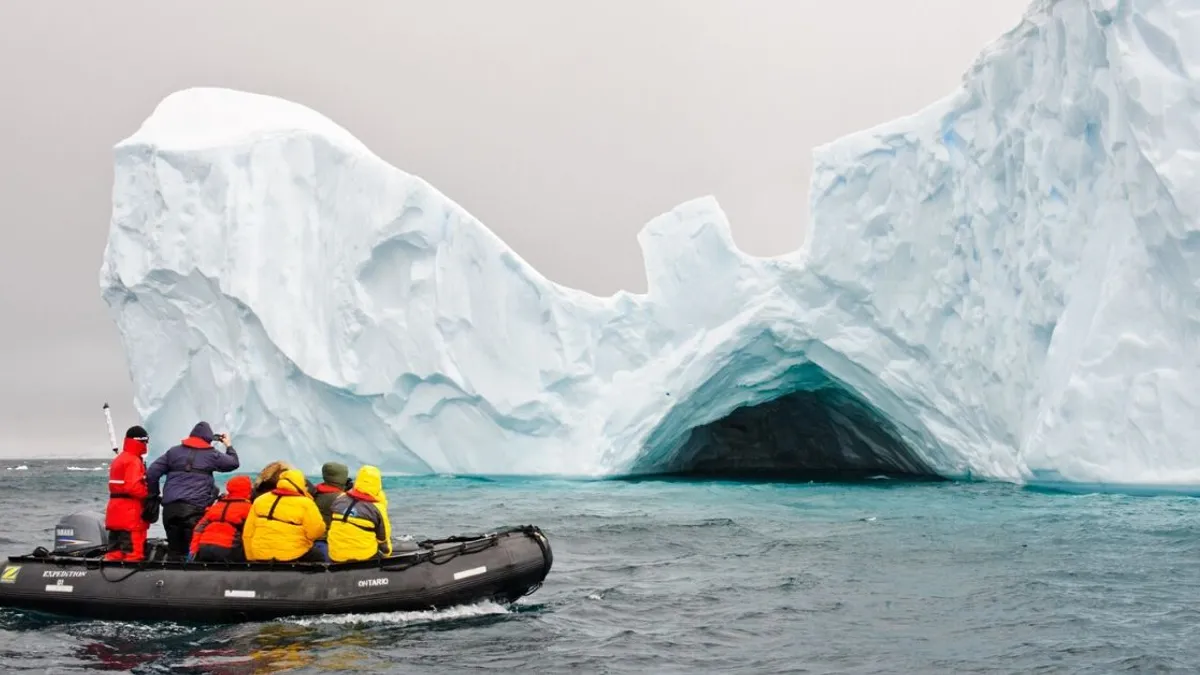What are some of the most persistent myths about the frozen continent of Antarctica? As it turns, out there are quite a few.
RELATED: DROPPING A PIECE OF ICE DOWN A 90-METER BOREHOLE MAKES AND UNEXPECTED CARTOONISH SOUND
What are some myths about the frozen continent of Antarctica?
So, without further ado, here are some of the persistent myths about the frozen wasteland that is Antarctica. This list is not exhaustive and is in no particular order.
1. Some people believe polar bears eat penguins
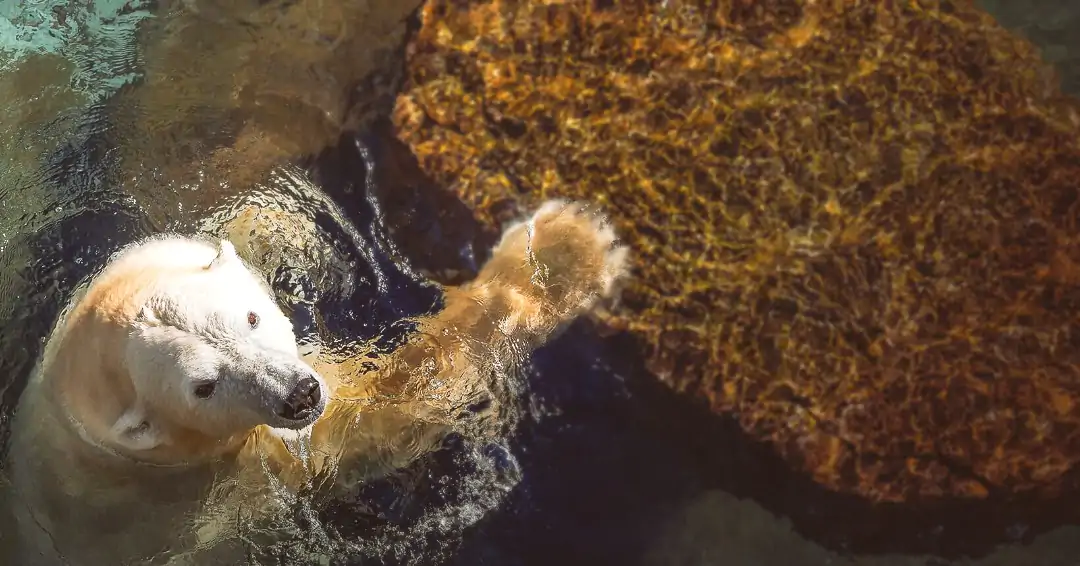
This is one persistent myth that some people hold about Antarctica. This is probably to do with a certain soda company, but this myth is anything but true.
As a matter of fact, while it is likely polar bears add penguins to their diet, they don't actually live anywhere near each other. Polar bears and penguins, as it turns out, live on the opposite sides of the planet.
Penguins only exist in the Southern Hemisphere, while polar bears live in the Northern one. So, this would make one heck of a swim for either species to come into contact with one another.
That is not to say penguins do not have many natural predators, of course. Seals, sea lions, and certain species of whales will happily gobble them down if they can catch them.
2. Antarctica is absolutely huge!
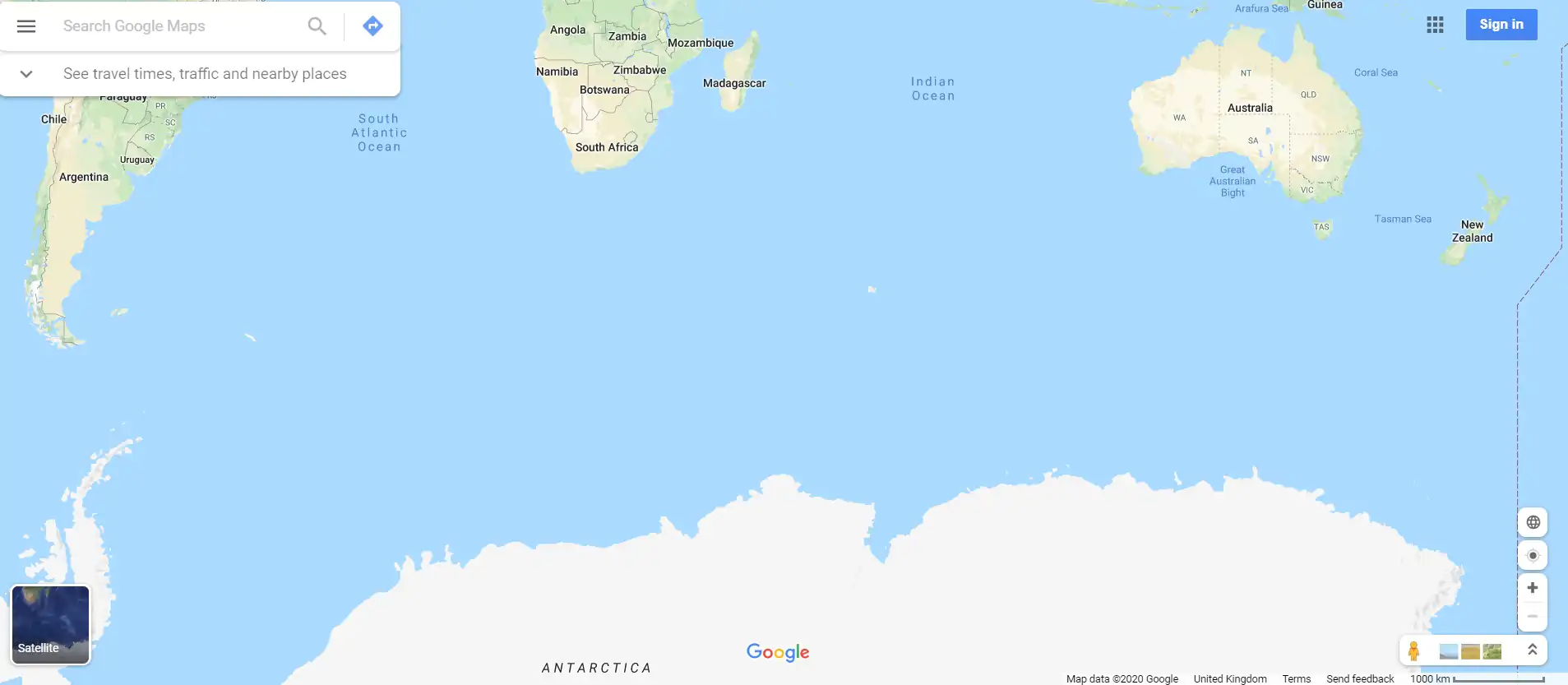
If you have a map of the world lying around, you can be forgiven for thinking that Antarctica is absolutely enormous compared to other continents. While the continent is very big, it is the 5th biggest by area. It looks much larger on a map.
This is an artifact of the projection used to produce maps of the world -- Like a cylindrical projection. Whenever you try to produce a projection of a round object on a flat surface, you will end up with certain inescapable errors, like this one.
A cylindrical projection effectively wraps a flat piece of paper around a sphere to form a cylinder -- usually at the equator. This means the map is most accurate at the point to two are in contact, with things like continents becoming widely distorted the further you move towards the poles.
Since Antarctica sits on one of those poles, it looks much, much bigger than it should in reality. You will get similar issues with other forms of map projections too.
3. Antarctica is completely uninhabited
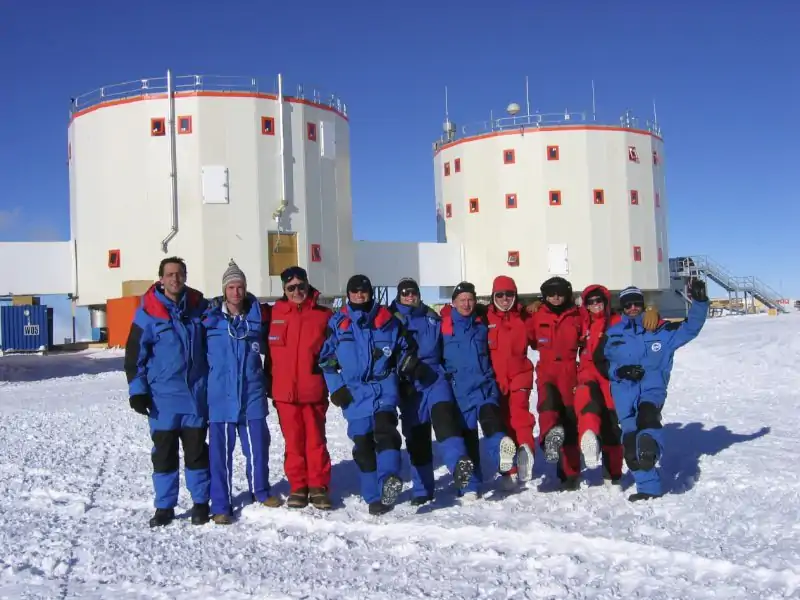
Source: Engineering&Architecture/University of Trieste/Twitter
While this myth about Antarctica is sort of half-true, the continent does have many people "living" there on research stations. But, there have never been, as far as we are aware, any native populations of humans on the continent.
So, if by "living" on Antarctica you mean permanent settlement, then this is true. However, there are human beings living there on a temporary basis all year round.
Most of the current inhabitants are scientists and researchers studying the climate, astronomy, and geography/geology. They spend months on end in one of the most inhospitable places on the planet.
4. Antarctica is actually a tundra
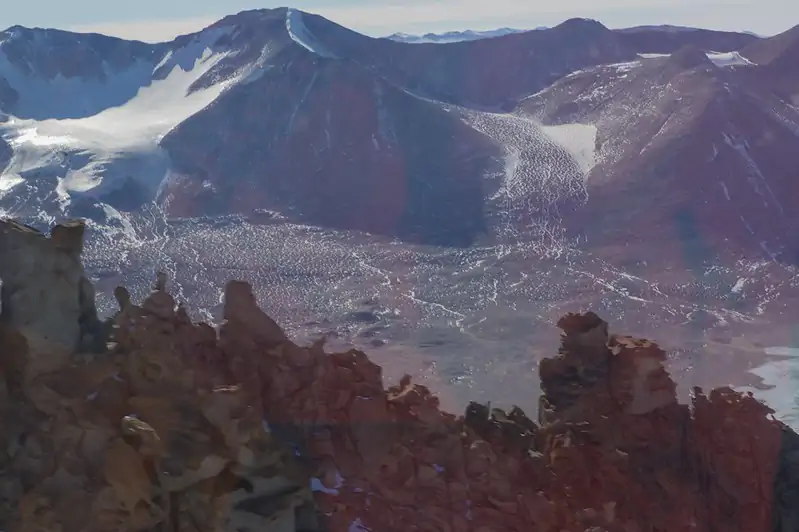
Many people actually believe that Antarctica is a tundra. This is actually a complete myth.
The term "tundra" tends to be used by some as a catch-all term for anywhere that is below freezing all year round. But this is not technically the case.
A "tundra" is actually defined as: -
"A level or rolling treeless plain that is characteristic of arctic and subarctic regions consists of black mucky soil with a permanently frozen subsoil and has dominant vegetation of mosses, lichens, herbs, and dwarf shrubs" - Merriam Webster.
As you can see, this definition specifically refers to areas in the Northern Hemisphere and even excludes Antarctica. The continent actually falls under the definition of a desert.
In fact, it is the largest desert in the world. This might seem odd, but remember, a desert is defined as a place with less than 250 mm of precipitation in a year.
Deserts do not need to be hot, arid places.
5. Antarctica is the South Pole
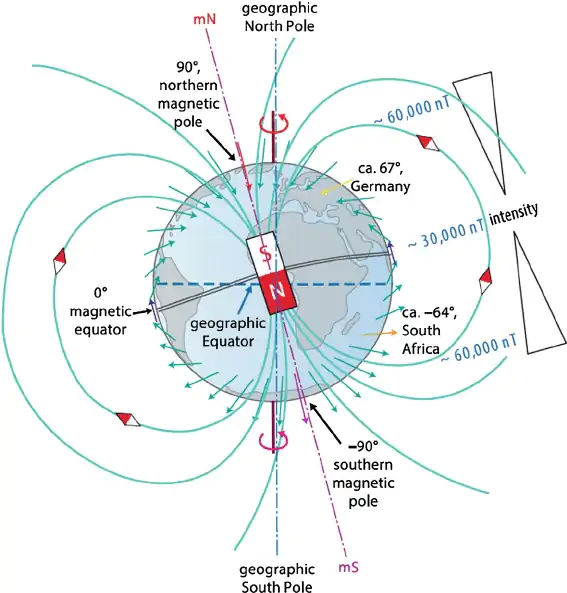
This is another technical myth about the continent of Antarctica. Many people view the South Pole and Antarctica as synonyms for one another.
But this is a little "ill-informed", to say the least. While the South Pole can be found on the continent, they are not the same thing.
This is because Antarctica is the southernmost region of Earth, whereas the South Pole is a geographical point within the continent. In fact, there are actually two "South Poles" down there.
One is the South Geographic Pole, which is the southernmost point on Earth about which the planet rotates on its axis, and the other is the South Magnetic Pole, which is the point where the Earth's geomagnetic field lines travel towards Earth's surface.
6. It is really expensive to visit Antarctica

This is, perhaps, one of the biggest persistent myths about the continent of Antarctica. While it is true that it is not going to be cheap, you can jump on a trip for less than $10,000 for a two-week cruise.
If you are willing to hunt around and are willing to wait for a year or more, you can also significantly cut down this cost.
Of course, dropping $10K on a trip is not in everyone's budget, but remember that these costs are all-inclusive. Quoted prices include any planned activities, accommodation, food, and one of the most memorable trips you will ever make in your life.
What is more, there has been something of a boom in the Antarctic tourism industry of late, causing prices to come down significantly.
7. Antarctica is unbearably cold

Antarctica is famous for its incredibly cold climate. In fact, NASA recorded the coldest temperature on Earth there at -89.4 degrees Celsius.
But, if you do decide to take the plunge and book a trip there, this will usually occur during the Southern Hemisphere's summer season between November and March. This is when the sea ice has melted enough to allow landings and permit access for large ships like cruise liners.
During these times, you benefit from long hours of daylight with temperatures usually ranging from between -2 and 8 degrees Celsius. This is obviously a lot more pleasant and tolerable for most people.
Depending on the trip you've taken, you will be able to safely land and explore some of Antarctica on foot.
8. Penguins are the only type of birds in Antarctica

This is another persistent myth about the continent of Antarctica. Many people have the misconception that penguins are the only birds that can actually survive there.
This is understandable to a point as most photographs of wildlife there tend to feature penguins only. In fact, there are somewhere in the region of 20 million breeding penguins from a wide variety of species.
But, there are actually many other kinds of birds down there. You can find petrels, ducks, cormorants, swans, egrets, and albatrosses, to name only a few of the bird species found in Antarctica.
9. There is a secret Nazi base there

And finally, this is probably one of the most intriguing myths about Antarctica. It started during WW2 when rumors began to circulate about many secret Nazi research projects, including one in Antarctica.
This myth prompted various researchers, including Colin Summerhayes (a marine geologist and oceanographer at Cambridge University), to put it to bed for good. Within his peer-reviewed paper on the subject, Summerhayes once and for all debunked this myth.
While they did appear to have sent a research vessel there, setting up a permanent base does not appear to be supported by existing evidence.




 BlocksInform
BlocksInform
